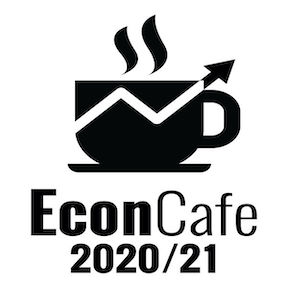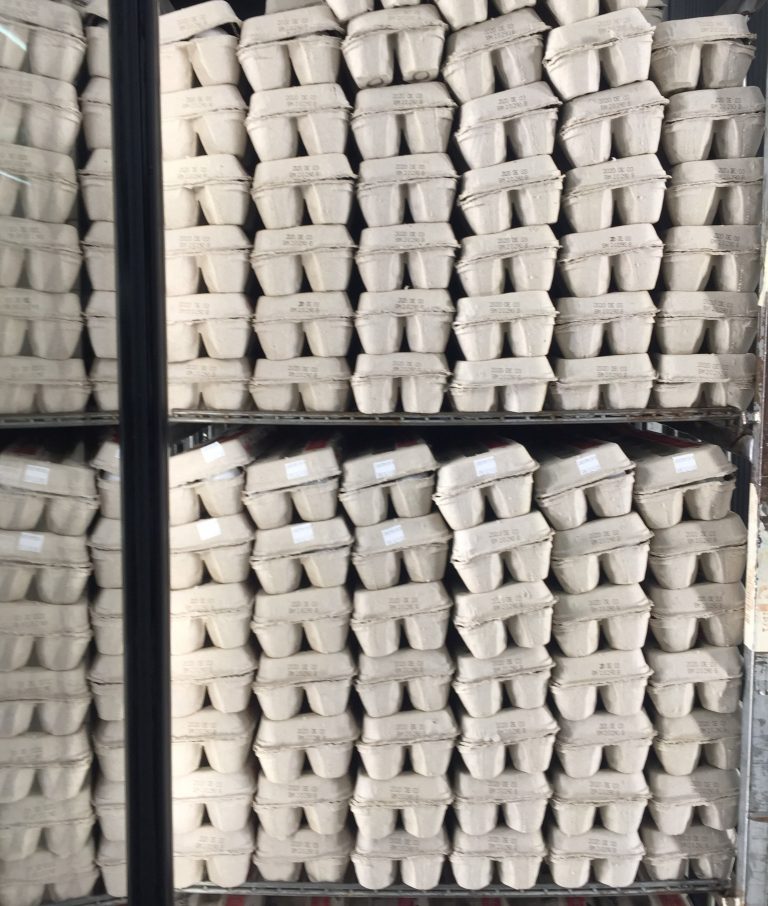Podcast: The Economics of Fiscal Stimulus

In this podcast we talk about the very hot topic of fiscal stimulus: Too big, too small or just right?
We’re recording this podcast in early March 2021 as Congress is discussing President Biden’s $1.9 trillion covid recovery package. We are not going to talk about the details of this package because by the time you hear this podcast, they will have changed. But we will talk about the big picture about how fiscal stimulus affects the economy, what sort of analytic tools we have for describing the impact of fiscal stimulus on jobs, GDP and interest rates. And how we can think about whether it’s too big or too small.
We’re going to use the aggregate supply and aggregate demand curves that we know from our textbooks.
The aggregate demand curve captures how much demand for goods and services there is in the economy at a given price level. The aggregate supply is how much businesses and entrepreneurs want to supply at a given price level.
In 2020 the aggregate demand curve shifted to the left as the demand for goods and services fell off. Americans were locked down and not spending that much. At the same time, the aggregate supply curve was shifted to the left as well because many businesses were shut down and they weren’t producing as much.
The combination of both aggregate demand and aggregate supply shifting to the left greatly reduced output.
In response, Congress passed several large stimulus packages to shift the aggregate demand curve back to the right again. These bills added about more than four trillion dollars to the government’s debt. At the same time, the Federal Reserve was cutting interest rates and adopting a variety of other measures to help shore up the financial part of the economy, and further shift aggregate demand back again to the right.
As the vaccine rolls out, will that 2020 spending and interest rates cut be enough to get the economy started–or is the extra $1.9 trillion needed to help push us over the edge?
Here’s the argument in favor of more spending. As of February 2021, there were still 10 million people unemployed, almost double the 5.7 million people out of work in February 2020, before the pandemic started. Certain industries like restaurants, movie theaters, and live entertainment have been decimated.
Congress and the Biden Administration want to boost government spending again to get things back to normal. And with all that extra spending, people get hired again, more businesses open, more money goes into people’s pockets, which then hopefully starts a self-sustaining cycle.
And while the vaccines are helpful, the pace of recovery is still uncertain. And it may very well be that the pandemic continues longer than expected. In that case the large spending package is a confidence boosting insurance policy, for both private businesses and for state and local governments.
What is the economic argument against the spending package? Let’s start by discussing a concept known as the output gap, which is the difference between potential GDP and actual GDP. If we have a negative output gap, that means that actual GDP is below potential GDP.
The wider the output gap, the bigger the stimulus should be. Unfortunately, no one really knows how wide the gap is. Some economists are arguing that the output gap isn’t as wide as it looks and that this $1.9 trillion of additional stimulus will overdo it. It will shift the aggregate demand curve so far to the right that the aggregate price level will rise, and you will get an inflationary surge which no one wants.
However, once a fiscal stimulus is passed, even if it turns out to be inflationary, it’s tough to turn off. Monetary policy and interest rates can be more easily adjusted up or down. So inflation is a possibility.
However, the bottom line is that millions of people are still unemployed who had jobs before. And these job losses are heavily concentrated in people of lower income levels. And so, there’s a strong argument to be made there that, yes, we need a large stimulus to get all those people back to work.
And then once the economy is humming along, we can then worry about whether it was too big and maybe there’s a little inflation. We could handle that later. But first things first, get everyone back to work.
Thanks again for joining us.
Questions:
1. In a recession, does fiscal stimulus increase or decrease employment?
2. The pandemic shifted the aggregate supply and aggregate demand curves to the left. Did that increase or decrease economic output?












